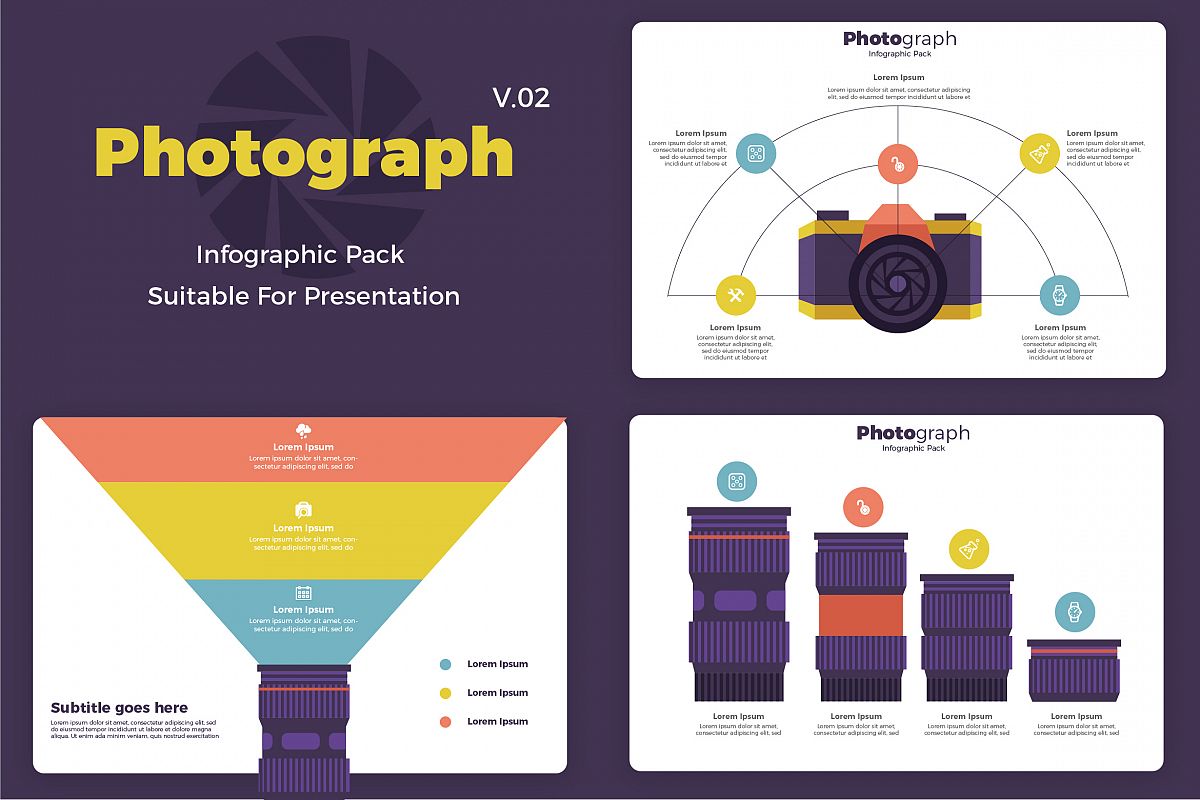Join Us To Find Important Photography Tips That Will Certainly Unlock Your Video Camera'S Capacity-- Prepare To Capture Sensational Images In No Time At All!
Join Us To Find Important Photography Tips That Will Certainly Unlock Your Video Camera'S Capacity-- Prepare To Capture Sensational Images In No Time At All!
Blog Article
Material By-Ballard Fuentes
When you initially grab your camera, it can really feel frustrating with all the setups and choices offered. You might find yourself wondering how to navigate aperture, shutter speed, and ISO efficiently. Mastering these fundamentals is crucial, yet there's more to photography than just technical knowledge. Recognizing composition strategies and lighting conditions can boost your pictures considerably. So, what if you could discover simple strategies to boost your skills and start catching outstanding photos sooner than you believe? Let's check out just how to change your photography journey.
Comprehending Video Camera Settings
Comprehending your cam setups is vital for capturing stunning images. When you pick up your camera, acquaint on your own with the three main settings: aperture, shutter rate, and ISO. Each plays an essential duty in just how your images end up.
Begin with https://telegra.ph/Photographers-Often-Overlook-Vital-Basics-That-Can-Impede-Their-Growth-Find-Vital-Pointers-To-Boost-Your-Abilities-And-Stay-Clea-01-08 , which manages the amount of light entering the lens. A bigger aperture (reduced f-number) lets in more light and produces a lovely history blur, ideal for portraits. On the other hand, a narrower aperture (higher f-number) maintains even more of the scene in emphasis, suitable for landscapes.
Next, focus on shutter rate. This setup identifies how much time your electronic camera's sensing unit is subjected to light. A rapid shutter speed freezes motion, which is terrific for action shots, while a slow-moving shutter rate can develop stunning results like smooth water in landscapes.
Lastly, adjust your ISO. This setup influences your video camera's sensitivity to light. A greater ISO is useful in low-light situations however can present sound or grain. Aim for the most affordable ISO possible while still achieving appropriate exposure.
Structure Strategies
When you're out capturing, structure can make all the distinction in just how your photos resonate with audiences. Beginning by using the guideline of thirds; envision your frame divided right into nine equal areas with two straight and two vertical lines. Setting key elements along these lines or at their junctions to create equilibrium and interest.
Next, consider leading lines. https://writeablog.net/le2albert/just-how-to-construct-a-photography-portfolio-that-attracts-attention -natural lines in your scene, like roadways or rivers, attract the visitor's eye into the photograph, directing them through the story you're telling.
Don't forget mounting; use aspects within your scene, like trees or windows, to develop a framework around your subject, adding deepness and focus.
Also, watch on your background. A messy history can sidetrack from your major subject, while an easy one helps it attract attention.
Lastly, trying out proportion and patterns; they can create a striking image that records interest.
Learning Illumination Conditions
Mastering lighting problems is essential for capturing stunning photos, as the best light can change a common scene into something extraordinary.
Start by observing natural light at different times of the day. Early mornings and late afternoons supply the most effective light, referred to as the golden hour. The soft, warm tones throughout these times can boost your images wonderfully.
Do not shy away from cloudy days either; diffused light can reduce severe shadows and create a pleasing result, especially for portraits.
Try out backlighting by positioning your topic versus the source of light. https://www.bordertelegraph.com/news/18471576.galashiels-photographers-adapting-lockdown/ can develop a fanciful halo effect and add depth to your images.
Take notice of your camera settings as well. Adjust the ISO, aperture, and shutter rate to match the illumination problems. A higher ISO can help in reduced light, but be cautious of grain.
Use a tripod in darker atmospheres to stay clear of blur.
Lastly, don't neglect fabricated lights. Flash and continuous lights can be great devices for regulating light in difficult conditions.
Final thought
To conclude, mastering your camera does not have to be frustrating. By comprehending your settings, using make-up methods, and taking advantage of the power of natural light, you'll swiftly boost your digital photography skills. Bear in mind, exercise makes best, so go out there and experiment with your newly found understanding. With time and dedication, you'll be recording spectacular pictures that reflect your unique point of view. Appreciate the trip, and do not forget to enjoy while you go to it!
